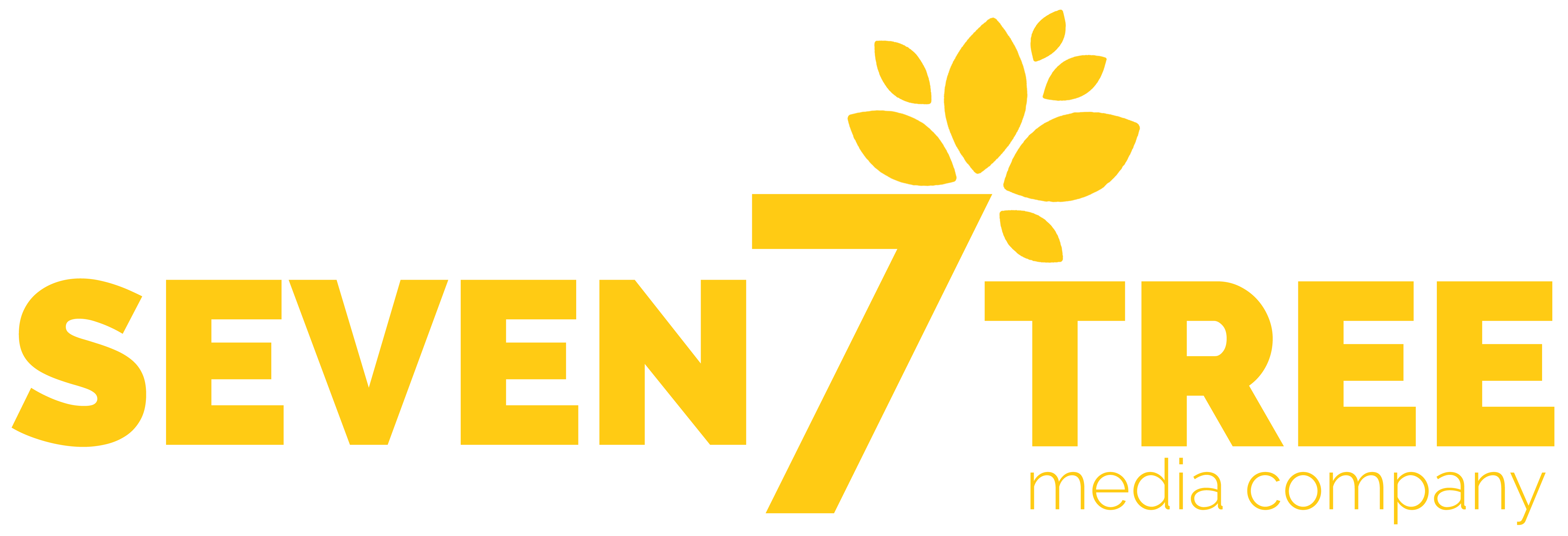The phrase “advanced CRM software” isn’t just buzz anymore, it’s the backbone of competitive customer management in 2025. Whether you’re running a small service business or leading an enterprise sales team, how you track, communicate with, and convert leads now depends more than ever on how smart your CRM platform is.
And in 2025, there are three names you can’t afford to ignore: GoHighLevel (GHL), Salesforce, and HubSpot. Each is charting its own path forward, with AI-fueled upgrades, tighter automation, and tools that go beyond just customer tracking. But they’re not all built the same, and depending on your business, one might make your life a whole lot easier than the others.
So which advanced CRM software is right for you in 2025? Let’s dig in.
TL;DR – What You’ll Find Here:
- What makes advanced CRM software essential in 2025?
- Where GHL, Salesforce, and HubSpot really shine, and where they stumble.
- Who should use which CRM, and why?
- A unique angle: What nobody else is telling you about CRM integrations.
- Our thoughts on where CRM is heading next.
Is Advanced CRM Software Still Evolving in 2025? Absolutely.
CRM used to be about contact lists and task reminders. In 2025, it’s more like a digital sales assistant, content coordinator, and customer engagement coach, all rolled into one. The platforms that make it into the “advanced CRM software” category this year are the ones that have gone beyond lead tracking to actually orchestrate full customer journeys.
What’s new? AI. And not just chatbots. These tools are writing emails, predicting behaviors, and helping teams close deals faster than ever.
But here’s the kicker: not all CRMs are built equally when it comes to applying this tech in a usable way. Let’s explore how each top player stacks up.
#1 GoHighLevel (GHL): The All-in-One Underdog That’s Catching Up Fast
If you’re in the agency world, real estate, or local business marketing, you’ve probably already heard of GoHighLevel, aka GHL. But in 2025, it’s breaking out of niche status and going mainstream. Why?
Because GHL isn’t just a CRM. It’s a complete marketing automation and funnel-building system, baked into one platform. Need to build landing pages? Run text message campaigns? Automate appointment bookings? GHL handles it all in one tab.
And now with improved AI integrations, smart lead scoring, and real-time customer behavior tracking, it’s becoming a serious contender against the legacy giants.
Where GHL really works:
- Small agencies and freelancers needing an affordable all-in-one toolkit.
- Businesses that want to skip duct-taping tools like Calendly, ClickFunnels, and Mailchimp together.
- High-volume lead environments that benefit from automated nurture sequences.
One caveat? It’s powerful, but the learning curve can be steep if you’re not tech-savvy. Still, for those who stick with it, the payoff is real.
#2 Salesforce: The Titan with Deep Enterprise Muscles
While overly complicated and difficult to learn, Salesforce still dominates the enterprise market. When people say “CRM,” they usually mean these guys. They’ve been around forever (at least in tech years) probably because people hate changing tech, even if it’s better.
The benefit, especially at the enterprise level is that in 2025, Salesforce is doubling down on predictive AI and deep integrations with other business platforms like Slack, Tableau, and even your internal custom tools. Its recent Einstein GPT upgrades have made automation feel more intuitive, even for complex sales workflows.
Salesforce excels when:
- You’re running a large sales team with multiple stages, pipelines, and compliance needs.
- You need full-scale customization and reporting down to the most granular KPI.
- Your business relies on syncing with legacy systems or internal ERPs.
Other downside? It’s pricey. And unless you’ve got in-house dev support or a dedicated admin, setup and maintenance can be overwhelming. But if you’ve got the resources, it’s unmatched in scale and power.
#3 HubSpot: The Friendly Powerhouse for Growth Teams
HubSpot built its name on inbound marketing, but in 2025, it’s evolved into a true CRM contender with powerful AI, sales automation, and customer service tools, all under one roof. That means they’re new to the space and there may still be a lot of bugs in the system that need to be worked out.
What sets HubSpot apart is its usability. The interface is clean, intuitive, and beginner-friendly. It’s ideal for businesses that want power but don’t want to babysit their tech stack. With simplicity you sacrifice some functionality and limit your ability to grow so if that’s a part of your plan be cautious getting married to this platform. You don’t want to waste a lot of time and effort building something only to find out you have to re-do everything a year down the road.
And now, with HubSpot’s AI-powered content assistants, smart email workflows, and sales forecasting, it’s become a favorite for growth teams and marketing-forward sales orgs.
Best for:
- Mid-size businesses looking to scale quickly without getting buried in tech.
- Teams that care as much about marketing as they do about sales.
- Anyone who wants to build relationships, not just pipelines.
One watch-out: HubSpot can get expensive fast as you add features or grow your contact list. But if you’re using those features, it’s usually worth the price tag.
What’s Missing From Most CRM Reviews? The Integration Trap
Here’s something the big reviews don’t always talk about: Integrations can make or break your CRM success.
No matter how “advanced” a CRM claims to be, if it doesn’t play nice with your existing systems, you’ll end up with double data entry, dropped leads, and frustrated staff. GHL gets points here for bundling tools, but Salesforce and HubSpot have vast integration libraries with Zapier, native apps, and API access if you’re tech savvy.
But be careful: not all integrations are truly seamless. Always test your workflows before scaling.
Where Is Advanced CRM Software Headed Next?
Looking ahead, we’re seeing CRMs shift from being sales-focused to being relationship-focused. This means:
- Real-time personalization, driven by AI.
- Voice and video note integration into contact records.
- Predictive analytics not just on deals, but on customer retention.
And here’s a prediction: GHL will likely move into the e-commerce space more aggressively. HubSpot might release a fully embedded AI assistant. And Salesforce? It’ll keep snapping up startups to stay ahead of the innovation curve.
No matter what, advanced CRM software in 2025 is smarter, faster, and more human-centric than ever before.
Key Takeaways
- Advanced CRM software is no longer optional, it’s how top businesses win and keep customers in 2025.
- GHL is best for agencies, local businesses, and marketers who want all-in-one control.
- Salesforce dominates enterprise-scale solutions with unmatched customization and AI depth.
- HubSpot shines for growing teams needing a friendly, powerful CRM that integrates marketing and sales.
- Watch out for integration challenges, they’re the silent CRM killer.
- The future of CRM is real-time, predictive, and personal.
Want help choosing or setting up the right CRM for your business? Contact Us and let us take care of the heavy lifting.

